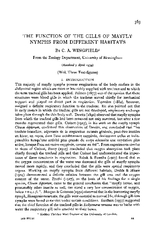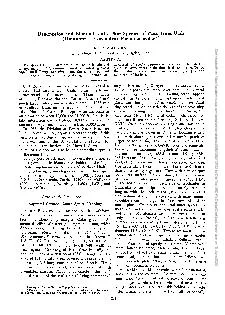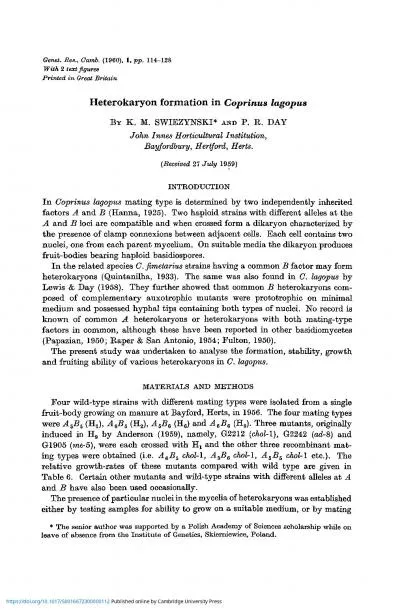PPT-Possible future directions for Article 6: a perspective fro
Author : alida-meadow | Published Date : 2016-05-31
e UK Has public participation in the environment run aground Naomi Luhde Thompson Planning and Policy Advisor What do we mean by public participation Why are we
Presentation Embed Code
Download Presentation
Download Presentation The PPT/PDF document "Possible future directions for Article 6..." is the property of its rightful owner. Permission is granted to download and print the materials on this website for personal, non-commercial use only, and to display it on your personal computer provided you do not modify the materials and that you retain all copyright notices contained in the materials. By downloading content from our website, you accept the terms of this agreement.
Possible future directions for Article 6: a perspective fro: Transcript
Download Rules Of Document
"Possible future directions for Article 6: a perspective fro"The content belongs to its owner. You may download and print it for personal use, without modification, and keep all copyright notices. By downloading, you agree to these terms.
Related Documents














